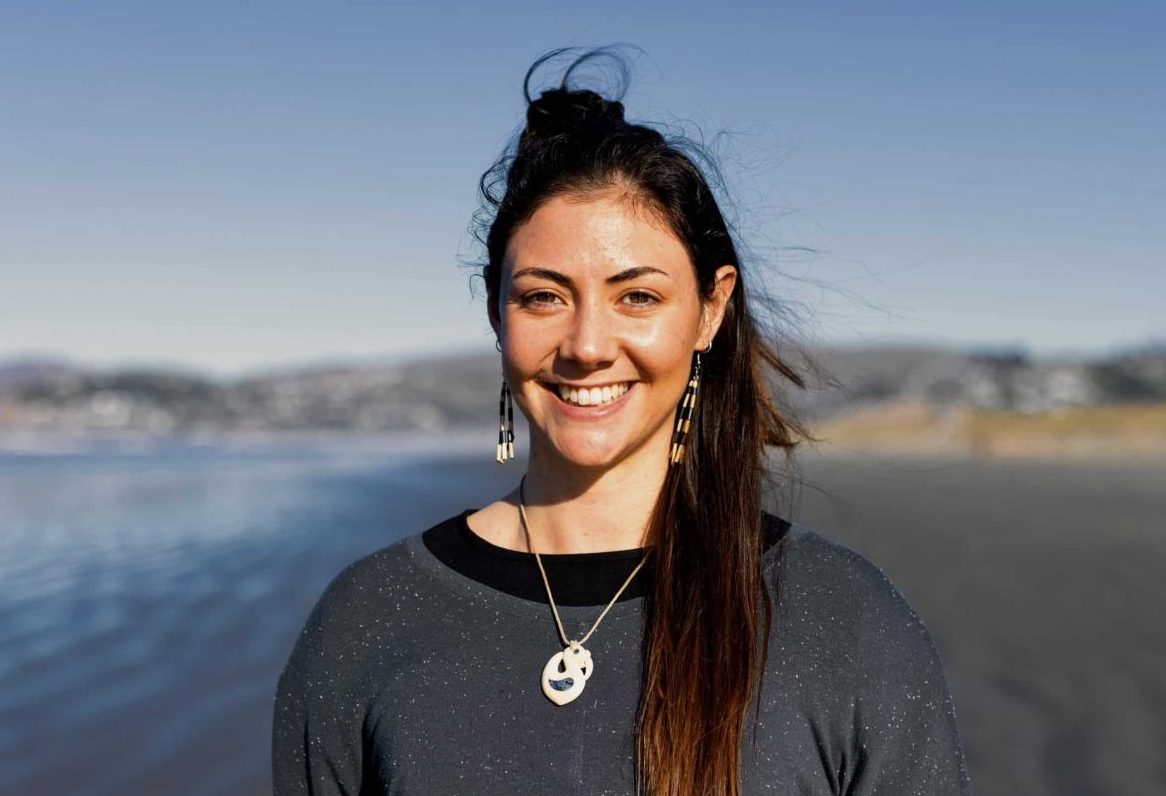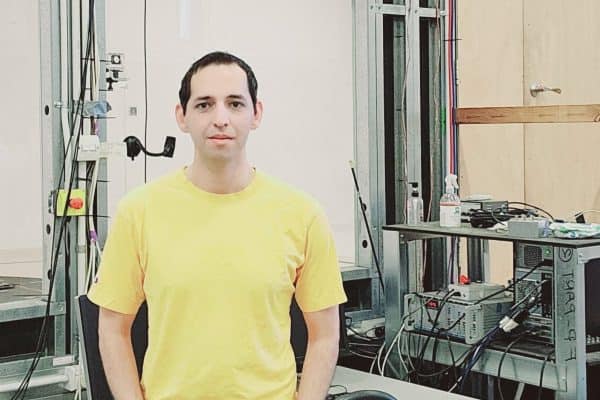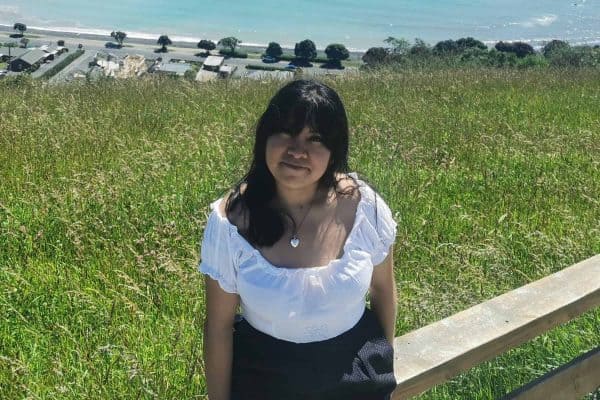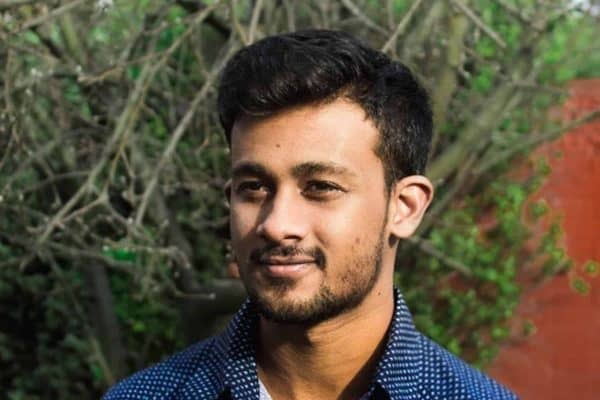Q. Tēnā koe Kristie-Lee. Can you tell us a bit about your iwi and hapū connections?
Ka mihi nui ki a koutou! He uri au nō Ngāti Mutunga ō Wharekauri, Te Atiawa, Ngāi Tohora, kōpūwai.
Q. Can you tell us what it was like growing up on Rēkohu-Wharekauri (Chatham Islands) and how that influenced your interest in natural hazard risk and resilience?
Growing up in a small, tight-knit, isolated Māori community, on a bit of rock in the middle of the roaring forties, inherently teaches you something about risk and resilience. You’re taught, and grow, a deep appreciation for forces of nature and the diverse knowledge and skills of people within your community who helped raise you, and who make that place – set amidst tumultuous seas – home. I was also here in Ōtautahi when the earthquakes hit. Living through that mess and learning in Geology/Geography undergraduate courses that there is an opportunity to prevent that from happening again, sparked my interest in disaster risk reduction studies.
Q. You completed a Master’s in Disaster Risk & Resilience at the University of Canterbury. What was the topic for your Master’s research?
My MSc research was undertaking work for home – we wanted to know what might happen in a future tsunami on the Chathams and what resources we would need on-island to cope. Especially if we were on our own for a while. We used community-based participatory and kaupapa Māori methodologies to undertake a risk assessment built from mātauranga, local knowledge and risk science. The learnings were shared through community events abiding by local tikanga and the team continues to support local initiatives.
Q. Congratulations on your appointment to Co-leader of our Whanake te Kura I Tawhiti Nui programme. What does this opportunity mean for you?
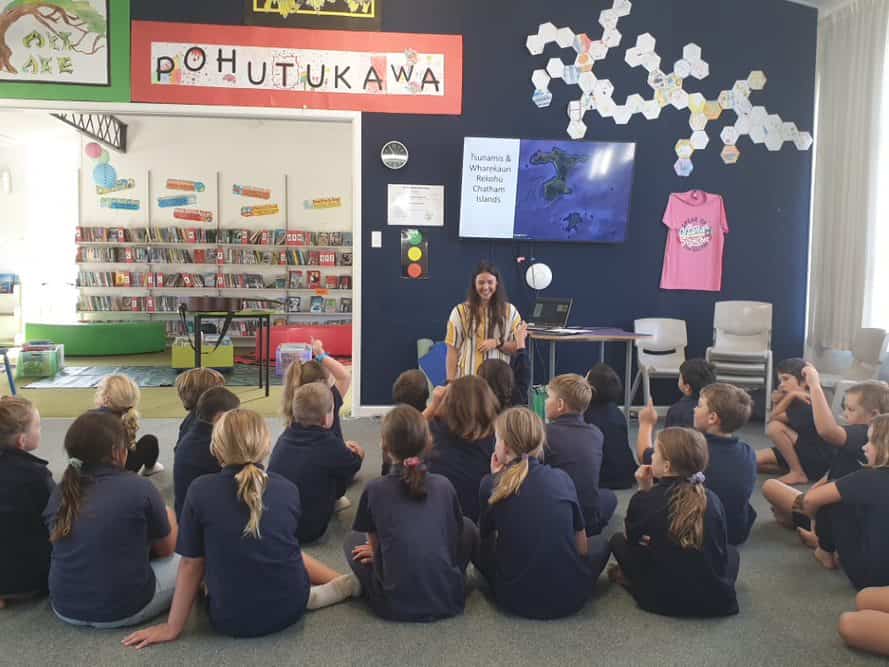
Dee Sciascia, Wendy Saunders and the whānau of rangatira have forged a path and are undertaking critical mahi to unfurl this space with their respective iwi/hapu research partners. It’s an honour to be able to support the transformative research of the Whanake Te Kura whānau.
For me, it’s an opportunity to contribute to an emerging space where we are actively navigating the interface between Mātauranga and DRR with our research partners (our iwi/hapu and whānau we bring with us) and their aspirations at heart. It is also an opportunity to be a good connector with the different hats I wear, different research whānau that I’m a part of, and between the two worlds my research spans – kaupapa Māori research and disaster risk science.
As an early career researcher, I also feel it’s an opportunity to help bring our voices to the table. To carve out space for our dreams and imaginations for the future of this field and to help create more visibility to encourage rangatahi to consider a career and thrive in this space.
Q. You’re also studying towards your PhD right now, can you tell us about that?
Āe! My PhD research will help explore the interface of mātauranga and disaster risk science working within the He Mounga Puia, Puea Rū, Puea Kōrero Transitioning Taranaki to a Volcanic Future programme, supported by a UC Matariki scholarship and Te Toi Whakaruruhau o Aotearoa. I am working with my supervision whānau and connecting with my Taranaki whānaunga to develop research pātai around future proofing for potential eruptions and aligning with key community priorities around healing and rangatiratanga.
My ancestors were navigators, researchers and served their communities. I’m here to continue their kaupapa.
Q. What are your future research aspirations?
To help transform disaster risk research and the way we work to better serve our Māori communities.
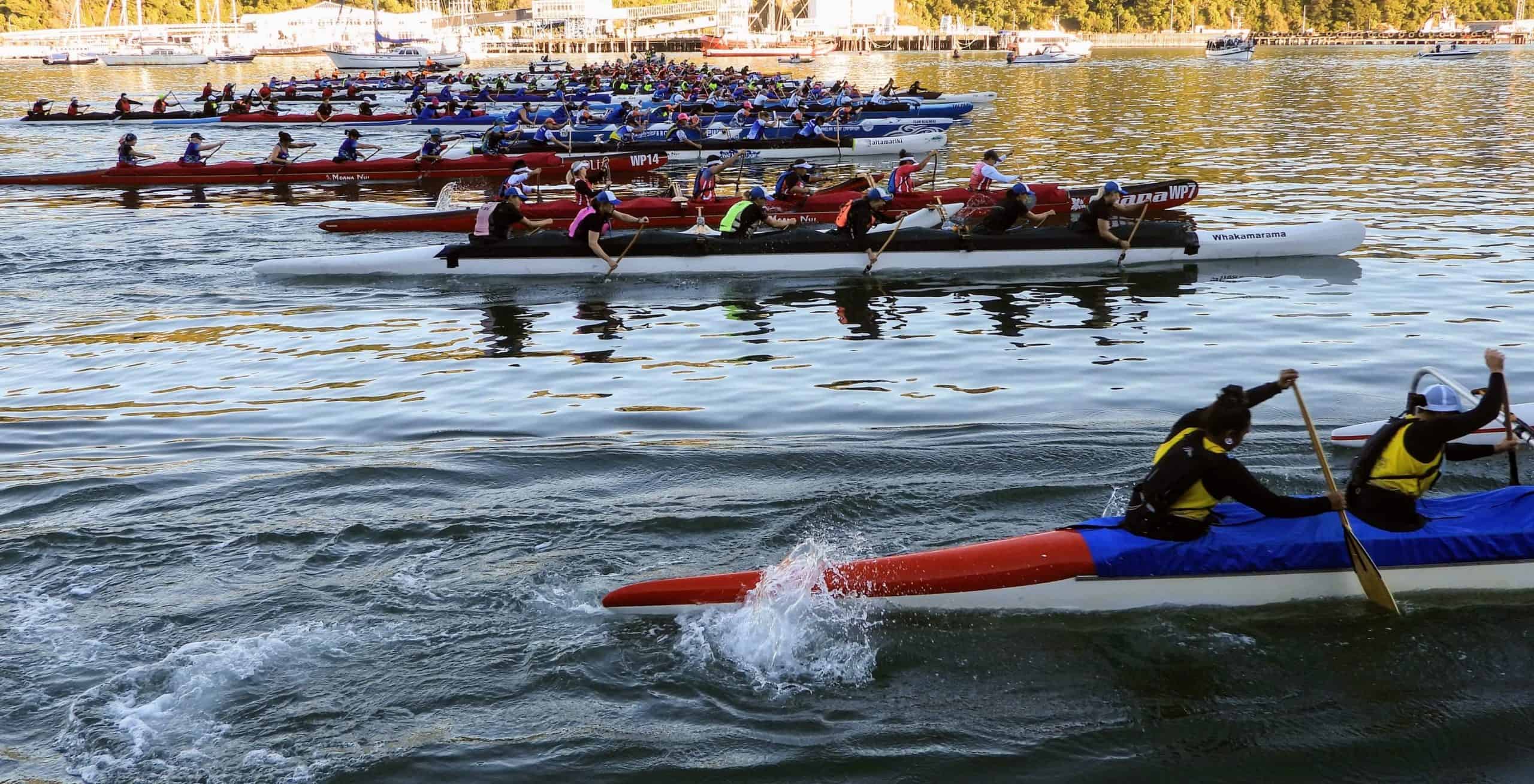
Q. What do you like to do outside work?
Outside of work I’m generally…outside! Doing something active, learning something new, hanging with whānau and friends. I love being out on the moana, in the ngahere and maunga – I’m big into waka ama, snowboarding, tramping and continuing with my reo journey.
